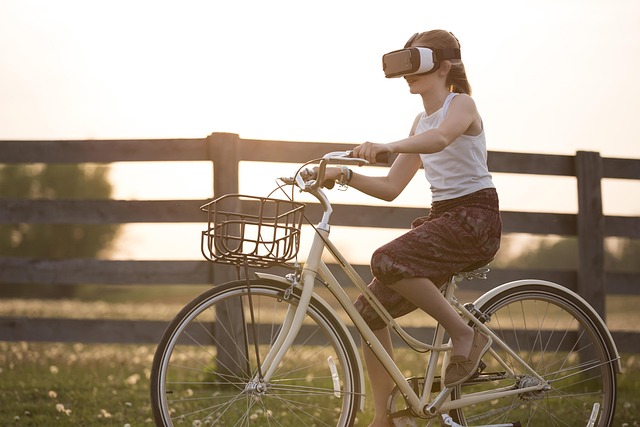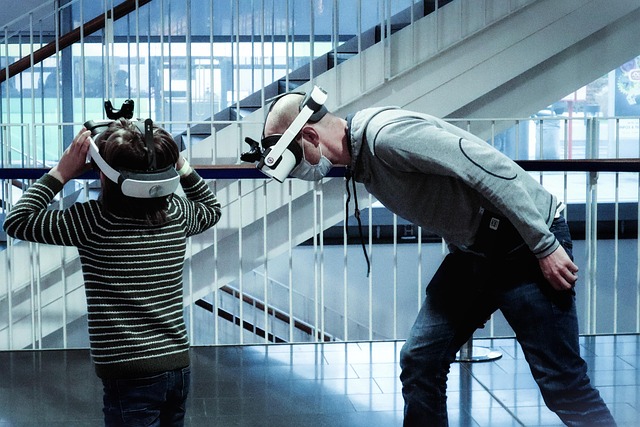Exploring the Metaverse: Entering Virtual Space through VR and AR Software
The realm of technology is constantly evolving, and one of the most captivating advancements in recent years is the development of the metaverse. A term that has gained immense popularity, it encapsulates the idea of a collective virtual shared space, created by the convergence of virtually enhanced physical reality and physically persistent virtual reality. As we delve into this fascinating phenomenon, the essence of entering virtual space through Virtual Reality (VR) and Augmented Reality (AR) software becomes paramount.
Virtual Reality immerses users in a completely digital environment, providing an experience that transcends the limitations of our physical world. With VR headsets like the Oculus Rift, HTC Vive, and PlayStation VR, users can explore entirely new worlds, experience heightened activities, and even socialize in ways previously thought impossible. As soon as you don the headset, the boundaries of reality blur, allowing you to feel as though you’re truly present in these extraordinary environments. This sense of presence is what makes entering virtual space so exhilarating.
On the other hand, Augmented Reality overlays digital information onto the real world, seamlessly merging the physical with the virtual. Software applications like Pokémon GO and Snapchat filters demonstrate the potential of AR, inviting users to interact with their surroundings in novel ways. With the aid of smartphones and smart glasses, entering virtual space shifts to an interactive layer layered over everyday life. This technology not only enhances our experience but also reshapes the way we perceive and engage with our environment.
The metaverse itself is a sprawling ecosystem that incorporates both VR and AR, merging these two technologies to create an all-encompassing experience. Imagine attending a virtual concert, mingling with friends in a digital café, or exploring historical sites from the comfort of your home. The lines between real and virtual blur, enabling incredible opportunities for socialization, education, and entertainment. Software developers are tirelessly working to expand these platforms, creating immersive experiences that captivate and enthrall users.
As we consider the future of the metaverse, the potential applications of VR and AR software are boundless. Industries such as gaming, healthcare, retail, and education are beginning to understand the possibilities that come along with entering virtual space. Training simulations in healthcare can benefit from lifelike scenarios, while retail can offer virtual shopping experiences where customers can interact with products before purchasing. In education, students can embark on virtual field trips or participate in interactive learning modules, making the learning process significantly more engaging.
However, as we embrace this digital frontier, it’s essential to consider the ethical implications of the metaverse. Questions regarding data privacy, environmental impact, and the potential for addiction to virtual experiences must be addressed to ensure a safe and enriching environment for all. Responsible development and mindful engagement with VR and AR technologies will help shape the metaverse into a space of discovery rather than dependency.
The journey into the metaverse through VR and AR is just beginning. Each step taken in this exciting direction opens new avenues for creativity and interaction. As individuals and communities start to embrace the notion of entering virtual space, we stand on the brink of a technological revolution that could redefine how we perceive reality itself. Embrace the adventure, and see where the metaverse takes you!




